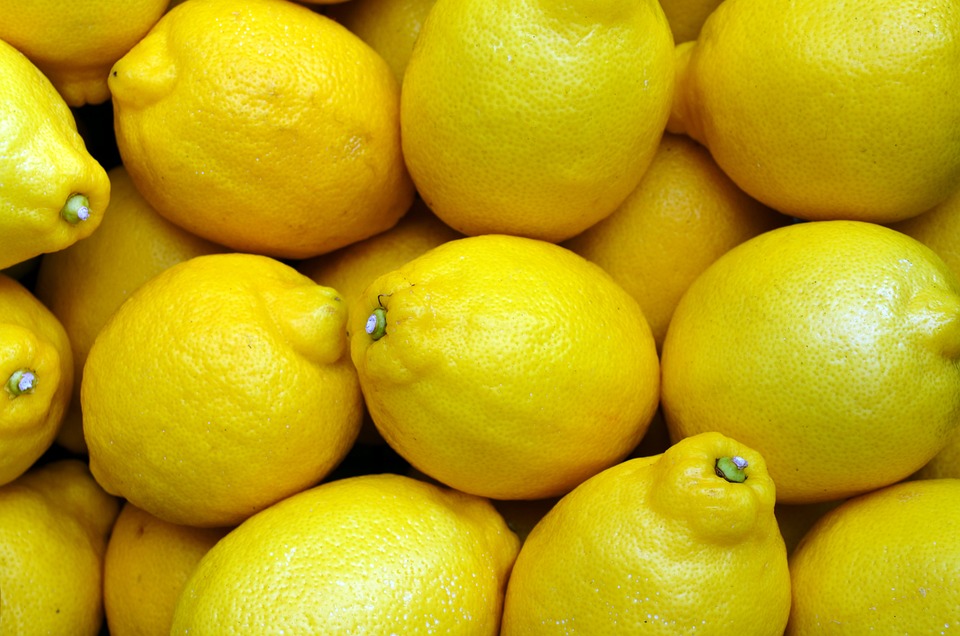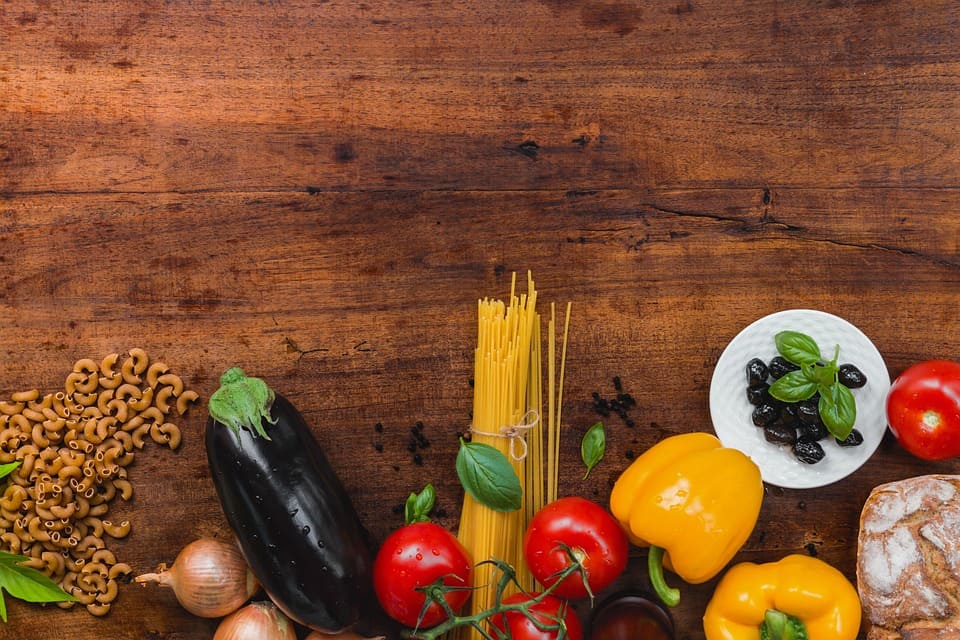Introduction: Understanding the Importance of Soft Foods After gastric bypass Surgery
Gastric bypass surgery is a life-changing procedure that can help individuals struggling with obesity achieve significant weight loss and improve their overall health. However, the recovery process after this surgery requires special dietary considerations to ensure optimal healing and successful long-term weight management. One crucial aspect of this post-surgery diet is the inclusion of soft foods. In this article, we will explore the significance of soft foods after gastric bypass surgery and how they can aid in the recovery process.
1. The Role of Soft Foods in the Healing Process
After gastric bypass surgery, the stomach undergoes significant changes that affect its capacity and function. Initially, the stomach is reduced in size, making it essential to consume small portions of easily digestible foods. Soft foods play a crucial role during the early stages of recovery by providing the necessary nutrients without putting excess strain on the healing stomach. These foods are easier to digest and less likely to cause discomfort or complications, allowing the body to focus on healing and adjusting to the changes brought about by the surgery.
2. Ensuring Adequate Nutrient Intake
Following gastric bypass surgery, patients need to prioritize nutrient-dense foods to maintain their overall health. Soft foods, when chosen wisely, can provide the necessary nutrients while being gentle on the healing stomach. Incorporating a variety of soft foods such as cooked vegetables, lean proteins, and low-fat dairy products can help ensure a well-balanced diet. It is crucial to work closely with a registered dietitian to develop a personalized meal plan that meets individual nutritional needs and aids in a successful recovery.
3. Managing Perplexity: Overcoming Challenges with Soft Foods
While soft foods are an integral part of the post-gastric bypass surgery diet, it is important to acknowledge the challenges that may arise. Perplexity, or the feeling of being overwhelmed or confused, can occur when patients struggle to find a variety of appealing soft food options. To combat this, it is essential to get creative with meal planning and explore new recipes and cooking techniques. By incorporating different flavors, textures, and seasonings, patients can increase the variety of soft foods in their diet and prevent monotony.
4. Burstiness: Transitioning to Solid Foods
Burstiness, or the sudden availability of a wide range of options, becomes a factor as patients progress through their recovery journey. Over time, the stomach will heal, and the ability to tolerate solid foods will improve. The transition from soft foods to solid foods should be gradual and guided by a healthcare professional or registered dietitian. Introducing solid foods too early or without proper guidance can lead to discomfort, digestive issues, or even complications. It is crucial to listen to the body’s cues and make adjustments accordingly to ensure a smooth transition.
5. Adapting to a New Lifestyle
Gastric bypass surgery is not just a physical transformation; it also requires significant lifestyle changes. Soft foods serve as a tool to help patients adapt to their new dietary habits and establish healthy eating patterns. By focusing on portion control, nutrient-dense choices, and mindful eating, individuals can develop sustainable habits that support long-term weight management. It is essential to approach this journey with a positive mindset and seek support from healthcare professionals, support groups, and loved ones to navigate the challenges and embrace the new lifestyle.
In conclusion, soft foods play a vital role in the recovery process after gastric bypass surgery. They provide the necessary nutrients while allowing the stomach to heal and adjust to the changes brought about by the surgery. By incorporating a variety of soft foods, patients can ensure they receive adequate nutrition while managing perplexity and burstiness along their journey. Remember, seeking guidance from healthcare professionals and embracing the lifestyle changes are key to achieving long-term success after gastric bypass surgery.
Frequently Requested Questions Concerning Soft Foods After Gastric Bypass Surgery
1. What are soft foods and why are they important after gastric bypass surgery?
Soft foods are food items that are easy to chew, swallow, and digest. They are important after gastric bypass surgery because the surgery alters the digestive system, making it necessary to gradually introduce solid foods back into the diet. Soft foods help in the healing process, reduce the risk of complications, and aid in weight loss.
The three most important pieces of information here are:
1. Soft foods are easy to chew, swallow, and digest.
2. Gradually introducing solid foods is necessary after gastric bypass surgery.
3. Soft foods aid in healing, reduce complications, and aid in weight loss.
2. What are some examples of soft foods suitable for the post-gastric bypass diet?
There are several soft food options that are suitable for the post-gastric bypass diet. Some examples include mashed potatoes, scrambled eggs, cooked vegetables, pureed fruits, cottage cheese, yogurt, soft-boiled chicken, fish, and tofu. It is important to choose nutrient-dense options to promote healing and provide essential vitamins and minerals.
The three most important examples of soft foods suitable for the post-gastric bypass diet are:
1. Mashed potatoes
2. Scrambled eggs
3. Cooked vegetables
3. How should soft foods be prepared after gastric bypass surgery?
Soft foods should be prepared in a way that makes them easy to chew and digest after gastric bypass surgery. They should be cooked until they are tender and easily mashed with a fork. Steaming, boiling, baking, or grilling are suitable cooking methods. It is important to avoid adding excessive fats, oils, or seasonings that may cause discomfort or hinder the healing process.
The three most important pieces of information here are:
1. Soft foods should be easy to chew and digest.
2. Tender and easily mashed consistency is desirable.
3. Avoid excessive fats, oils, or seasonings.
4. How long should the soft food phase last after gastric bypass surgery?
The length of the soft food phase after gastric bypass surgery can vary depending on individual recovery and the guidance of your healthcare team. Generally, this phase lasts for about 4 to 6 weeks post-surgery. However, it is essential to follow the recommendations of your healthcare provider to ensure a safe and successful recovery.
The three most important pieces of information here are:
1. The soft food phase typically lasts for about 4 to 6 weeks.
2. The duration can vary based on individual recovery.
3. It is crucial to follow healthcare provider’s recommendations.
5. What are the potential challenges and tips for transitioning to solid foods after the soft food phase?
Transitioning to solid foods after the soft food phase can present some challenges. One common challenge is adjusting to the new texture and volume of solid foods. It is important to introduce solid foods gradually, starting with small portions and chewing thoroughly. Additionally, some individuals may experience food intolerance or digestive discomfort when reintroducing certain foods. Keeping a food diary and noting any discomfort can help identify problem foods and guide dietary adjustments.
The three most important pieces of information here are:
1. Transitioning to solid foods can be challenging due to texture and volume changes.
2. Gradual introduction, small portions, and thorough chewing are essential.
3. Some individuals may experience food intolerance or digestive discomfort, which can be managed through a food diary and dietary adjustments.
False Assumptions About Soft Foods After Gastric Bypass Surgery
Common Misconceptions About Soft Foods After Gastric Bypass Surgery
Gastric bypass surgery is a life-changing procedure that can greatly impact an individual’s eating habits and overall lifestyle. After surgery, patients are often advised to follow a specific diet that includes a period of consuming soft foods. However, there are several common misconceptions surrounding this phase of the post-operative diet. In this article, we will explore five of these misconceptions and provide accurate information to help individuals better understand the soft food phase after gastric bypass surgery.
Misconception 1: Soft foods are only necessary immediately after surgery
One common misconception is that the consumption of soft foods is only necessary in the immediate post-operative period. While it is true that patients are initially limited to a liquid-only diet shortly after surgery, the transition to soft foods is a crucial step in the recovery process. Soft foods are easier to digest and put less strain on the newly formed stomach pouch. This phase typically lasts for a few weeks to a couple of months, depending on individual progress and medical advice. It is important for patients to follow their healthcare provider’s guidance throughout this period to ensure a smooth recovery.
Misconception 2: Soft foods lack nutritional value
Another misconception is that soft foods lack nutritional value and may not provide the necessary nutrients needed for post-operative healing. While it is true that some soft foods may be less nutrient-dense than others, there is a wide range of options available that can meet the nutritional needs of gastric bypass patients. Examples of nutrient-rich soft foods include cooked vegetables, lean protein sources like eggs or fish, yogurt, and pureed fruits. It is essential for patients to consult with a registered dietitian or healthcare provider to develop a well-balanced soft food meal plan that meets their specific dietary requirements.
Misconception 3: Soft foods can be consumed in large quantities
A common misconception among gastric bypass patients is that soft foods can be consumed in large quantities without any negative consequences. This is not accurate. While soft foods are generally easier to digest, patients should still practice portion control and eat small, frequent meals throughout the day. Overeating, even with soft foods, can lead to discomfort, vomiting, and potential complications. It is crucial for patients to learn to listen to their body’s hunger and fullness cues and avoid overeating, regardless of the texture of the food.
Misconception 4: Soft foods are boring and tasteless
Many individuals believe that soft foods after gastric bypass surgery are dull, tasteless, and unappetizing. However, this is a misconception. Soft foods can be prepared in a variety of flavorful and appealing ways. Patients can experiment with herbs, spices, and different cooking techniques to enhance the taste of their meals. Pureed soups, sauces, and dips can add depth and flavor to soft foods. Additionally, exploring new recipes and trying different ingredients can help patients discover exciting and delicious options within the soft food category.
Misconception 5: Transitioning to solid foods will be easy after the soft food phase
One common misconception is that transitioning from soft foods to solid foods will be seamless and easy. While the soft food phase prepares the stomach for solid foods, it is essential to approach this transition gradually and with caution. Rushing the reintroduction of solid foods can lead to digestive discomfort, vomiting, and potential complications. Patients should work closely with their healthcare provider or registered dietitian to develop a step-by-step plan for reintroducing solid foods, which usually includes slowly adding well-cooked and easily chewable foods to the diet. Patience, adherence to professional advice, and gradual progression are key factors in successfully transitioning to a solid food diet after gastric bypass surgery.
In conclusion, there are several common misconceptions surrounding the consumption of soft foods after gastric bypass surgery. Understanding that the soft food phase is not limited to the immediate post-operative period, recognizing the nutritional value of soft foods, practicing portion control, exploring flavorful options, and approaching the transition to solid foods gradually can help patients navigate this important phase of their recovery successfully. It is crucial for individuals to consult with their healthcare provider or registered dietitian to ensure they receive accurate information and personalized guidance throughout their post-operative journey.
Soft Foods After Gastric Bypass Surgery
#gastric #bypass #surgery #important #follow #specific #diet #plan #ensure #proper #healing #weight #loss #initial #stages #surgery #diet #consist #primarily #soft #foods #examples #soft #foods #commonly #recommended

